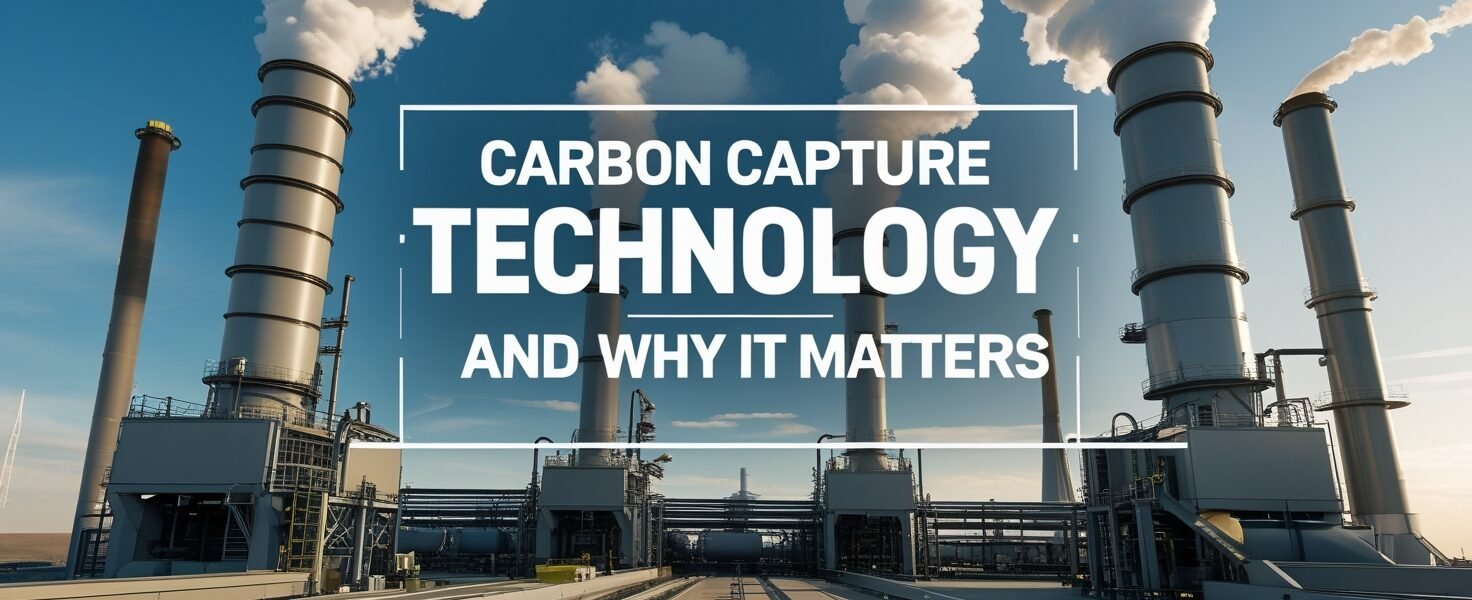For years, I thought carbon capture was a scam. A slick PR move by Big Oil to look like they cared while they kept polluting. I’d see the fancy artist renderings of futuristic machines and roll my eyes. Then, a friend, a glaciologist, sent me a picture from one of his trips. It wasn’t of the ice. It was of a sensor readout, showing atmospheric CO2 levels. The number was so high he’d drawn a frowny face next to it in Sharpie. He texted: “We’re past prevention. We’re in the clinic. This is triage.” That stuck with me. This isn’t about excuses. It’s about surgery for a planet that’s already sick.
We’re Not Just Trying to Stop the Bleeding:
We’ve been talking about slowing down emissions for decades. And it’s vital. It’s like finally deciding to stop stabbing the patient. But the patient is still bleeding out on the table from all the previous stabbings. The carbon we’ve already pumped into the air isn’t just history. It’s an active, ongoing event. It’s trapping heat right now. Turning off the tap is step one. But step two is mopping up the water flooding the entire house. That mop is carbon capture. It’s not a pretty job, but it’s a necessary one.
How the “Mop” Actually Works:
Forget the shiny sci-fi machines for a second. The principle is surprisingly simple. It’s about grabbing carbon dioxide molecules before they can escape into the wild or pulling them back out of the atmosphere.
The first way is to catch it right at the source. Think of a filter on a factory’s smokestack. It scrubs the exhaust, plucks out the CO2, and traps it. This is the most common method right now.
The second way is the real mind-bender. It’s called direct air capture. These machines are like artificial trees, but way more efficient. They suck in vast amounts of air, use chemical filters to pull out the tiny fraction of CO2, and release the clean air back out. It’s energy-intensive, yes, but it’s the only technology we have that can directly reduce the existing blanket of CO2 that’s already up there, cooking the planet.
What Do You Even Do With a Warehouse Full of CO2?
This is the question that stumps everyone. You can’t just put it in a landfill. The answer is almost poetic. We put it back where it came from. The CO2 is compressed into a liquid and injected deep, deep underground into porous rock formations, often in old oil and gas fields. Over time, it reacts with the rock and turns into stone. Literally. It’s a form of reverse mining. We’re taking the carbon we dug up and burned over centuries, and we’re putting it back in the ground. Forever.
The Real Sticking Point:
The biggest problem isn’t whether the technology works. It does. The problem is who pays for it. Capturing carbon costs money. A lot of money. Right now, it’s cheaper for a company to just let the CO2 go into the atmosphere. There’s no bill for it. The bill comes in the form of hurricanes, droughts, and rising seas that the rest of us pay for. The conversation we need to have is about creating real economic incentives, or mandates, to make capturing carbon cheaper than releasing it. Until we solve that, it’ll remain a niche solution.
The Bottom Line:
I still believe our number one priority is to stop adding new carbon. We have to switch to renewables with everything we have. But I’ve made peace with carbon capture. It’s not the hero. It’s the cleanup crew. It’s the tough, ugly, unglamorous work of dealing with the mess we’ve already made. We need both. Because the patient is on the table, and we need every tool in the clinic.
FAQs:
1. Is this just an excuse to keep burning fossil fuels?
Only if we let it be; its true purpose is to clean up industries that have no other path to zero emissions.
2. Can we actually capture enough to make a difference?
We have to try; it’s essential for balancing the carbon ledger from hard-to-stop industries.
3. Where does the captured carbon go?
It’s stored safely deep underground in geological formations, where it can mineralize over time.
4. Isn’t it too expensive?
Right now, yes, which is why we need smart policies to make polluting expensive and capturing necessary.
5. Does it use a lot of energy?
Direct air capture does, which is why it must be powered by renewable energy to be truly effective.
6. Is the storage safe?
Extensive research shows that properly selected geological sites are secure and effective for long-term storage.


